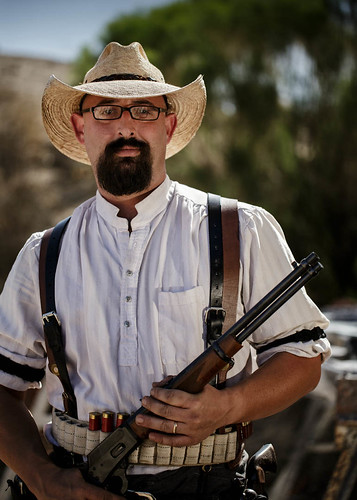I recently built a new monster photo-editing rig - I wanted a fast box to speed up my workflow so I overclocked the latest Ivy Bridge core I7, stuffed it with as much ram as the motherboard could take and filled the drive bays with the latest SSDs. But when it came time to choose and operating system, I discovered my initial choice (my current copy of windows 7) didn't support more than 16GB of ram. I'd have to shell out $90 to upgrade it to the a Win7 Pro version. That was all the excuse I needed to experiment a bit.
I had already been running the RTM version of Windows 8 on my Slate so I was already familiar with it and found it to be very stable. When I went to the Microsoft site to get a release copy to evaluate, I discovered the my first reason for helping my seal the deal for W8...
Cost: Microsoft wants to get everybody over to W8 so if they're running a promotion til the end of the year that if you bought (or built) a computer after July 2012, you can get a full released version of W8 PROFESSIONAL edition for $14.95. Yep, that's right a full install OS for less than $15 - and not just the basic bottom tier version but the PRO edition that I needed to support my 32GB of ram. It was so cheap I bought and extra copy to put on my Slate.
Speed: WIN8 really optimizes the Boot process compared to WIN7, I can go from power off to sign on in about 10 seconds and that includes BIOS post process. Because of it's fresh release it was built with the latest driver protocols that make use of USB 3.0 - these were still a bit wonky on my old WIN7 box. Actually all my devices had appropriate drivers included in the initial install which has be a first for me in the years I've been building computers.
Storage Spaces: I don't know why Microsoft doesn't market this more but they took a bit of their server technology and built it into the OS. If you don't know, Storage Spaces is kind of like a 'Drobo' approach to storage - you can take a bunch of hard drives of various sizes and interfaces (even external USB drives) and create a pool of storage from which you can provision virtual drives that show up in explorer. You can also select whether you want your data mirrored or striped across multiple drives to allow for data recovery should one or more of the pool drive fail. The OS takes care of everything, if you start running low on space in the pool, the OS warns you and all you need to do is plug in a new drive (or swap a drive out with one of more capacity), add it to the pool and the OS does the rest. Pretty cool. In the past, when my image collection was filling up a drive, I'd buy a larger one, copy all the images over then toss the old drive in the closet. Now I can just freely add capacity and forget about any copying.
Been using this setup for a few months now and through several large shoots with no problems. I've found the OS to be stable on the desktop with a lot of little improvements over WIN7 and nothing I miss - NOT EVEN THE START MENU - I honestly don't understand why the tech media says the new interface is great for touch but sucks on the desktop. While I didn't use the start menu all that much in WIN7, it nothing more than a application launcher, WIN8 has a launcher, it just looks different. While the main tile interface may not contain every installed application one keypress will pull up a display that does...Better yet just start typing the name of the app and it's icon will typically show up ready to launch by time you type the third letter... I really don't think it's worse, or better --- just different.














I'd been thinking about a self assignment for a while now so when I saw that there was a cowboy shooting match at my local range, I grabed my camera and lighting bag and headed out the door.
It wasn't all about picture taking either, I truly treated this as an assignment and introduced myself to the match director and made sure he was okay with me strolling through his course of fire. I interviewed several of the competitors to get a bit of insight into their sport. And while I'm far from being a writer, I shared a little of what I learned in my flickr post.
I also sent 5x7 prints to those that posed for me as a token of appreciation for helping me out. Got some great feedback too, One wrote to tell me that when he pull out the picture his wife saw it, grabed it, and said "this one's mine" and has got it on display in her office.
So I guess my first self assignment was a sucess, I got the shot (and didn't get shot), learned quite abit about cowboy shooting, and met some really cool people.